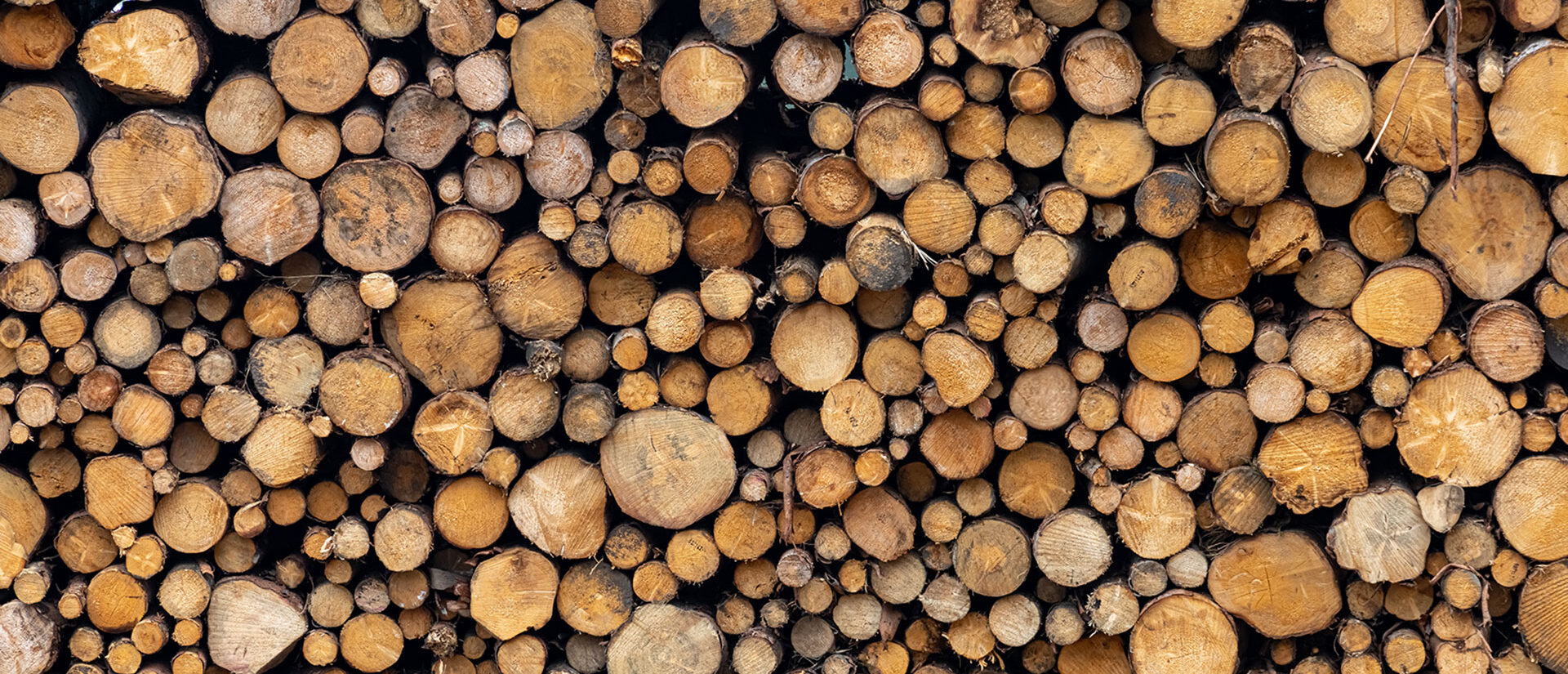- Ruokamarkkinat
- PTT Raportteja
TILLI, TAPIO – TOIVONEN, RITVA. 2000. MAATALOUSMAAN METSITYKSEN KEHITYSNÄKYMÄT SUOMESSA JA HIILINIELUPOTENTIAALI VUOSINA 2000 – 2012. Pellervon taloudellisen tutkimuslaitoksen raportteja n:o 170, 66 s. ISBN 952-5299-21-X, ISSN 1456-3215.
TIIVISTELMÄ: Selvityksessä arvioitiin metsitettävän maatalousmaan määrää Suo-messa vuosina 2000-2012. Arviot rakentuivat maatalouden rakennekehityksestä tehtyihin vaihtoehtoisiin skenaarioihin, oletuksiin eri suuruisista pellon metsitystuista ja viljelijöille suunnatun kyselytutkimuksen tuloksiin. Lisäksi selvityksessä tarkasteltiin pellon metsityksen kannattavuutta. Vaihtoehtoisten metsitysarvioiden perusteella selvityksessä laskettiin metsityksessä syntyvän hiilinielun suuruus. Vuotuisten metsitysmäärien arvioitiin vaihtelevan alhaisimman skenaarion 4 000 hehtaarista korkeimman skenaarion noin 11 000 hehtaariin. Metsitysmääriin vaikuttavat sekä pellon metsityksestä maksettavien tukien suuruus että maataloudesta vapautuvan pellon määrä. Vuoden 2000 alusta voimaantulleella alentuneella tukitasolla pellon metsitys jäänee noin 4 000 hehtaariin vuosittain. Metsityksessä syntyvä hiilinielu havaittiin absoluuttisesti pieneksi, mutta ei merkityksettömäksi hiilen sidonnan kannalta. Pellon metsityksestä makset-tavien tukien noston arvioidaan olevan tehokkain tapa nostaa pellon metsitysmääriä.
Avainsanat: pellon metsitys, pellon metsityksen kannattavuus, Kioton ilmastosopimus
TILLI, TAPIO – TOIVONEN, RITVA. 2000. SCENARIOS OF THE DEVELOPMENT OF AFFORESTATION OF ARABLE LAND IN FINLAND AND THE RELATED CO2 SINKS DURING 2000 TO 2012. Pellervo Economic Recearch Institute Reports n:o 170, 66 p. ISBN 952-5299-21-X, ISSN 1456-3215.
ABSTRACT: In the Kyoto climate agreement the afforestation of arable land is included in those changes of forest land area which a particular country can use to reach the CO2 reduction target. This paper estimates the area of afforestation of arable land in Finland during 2000 to 2012, and presents estimations of CO2 quantities that the trees bind on the afforested arable land. The scenarios of the afforestation of arable land are based on alternative structural changes in the Finnish agriculture, assumptions in the development of the area of arable land and the afforestation subsidy system, and the results of a mail survey to farmers. In the present subsidy system the farmer only the afforestation costs are subsidised, but no other payment, such as compensation for the loss of agriculture income, is provided. In this kind of subsidy system the afforestation of arable land was estimated to reach 3000-7000 hectars per year. Should the support level increase, for example based on the positive enviromental impacts, the area of afforestation might increase till 10-15000 hectars per year. The afforestation of arable land and the resulting CO2 reduction covers approximately 27 – 42 % of the CO2 reduction need that existed in Finland in the end of 1990s. However, at the same time the deforestation diminishes the area of forest land, and this may form even a bigger CO2 source than the sink created by afforestation of arable land.
Keywords: afforestation of arable land, profitability of afforestation, CO2 sinks, Kyoto climate agreement

